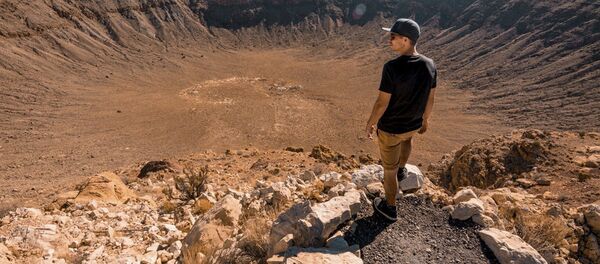Dr Charles Whittaker alleges that the biblical Mount Sinai, the sacred site where Moses received the Ten Commandments from God in the Book of Exodus, is actually located in Saudi Arabia, east of the Sinai Peninsula.
He claims in a dissertation that Jabal al Lawz, a 2,580-metre peak in northwest Saudi Arabia, fits the description of the scriptural Mount Sinai "better than other" contenders.
Using biblical accounts as the key reliable record to determine the whereabouts of the mountain, he also cites "the presence of rock art, structures, and various topographical distinctives" in the vicinity of Jabal al Lawz as evidence corroborating his claim.
READ MORE: Outrage at Claim God Made Virgin Mary Pregnant Without Consent
The author writes that a pile of boulders at the base of the mountain could be the remains of the Golden Calf Altar which the Israelites built during Moses' absence on Mount Sinai.
"By looking at the likely routes to and from an Arabian location for Mt. Sinai, while acknowledging the most archaeologically sound locations of key stopping points and landmarks, one can construct feasible routes in line with Scripture to Jabal al Lawz, as the best candidate for the sacred mountain", he concludes.
Whittaker's account of Mount Sinai was supported by biblical researchers BASE Institute, who confirmed that they had come across caves near Jabal al Lawz that were allegedly carved when Moses led his nation through the area. They also said that they had spotted large piles of rocks at the foot of the mountain which could be the boundary markers set up by Moses.



